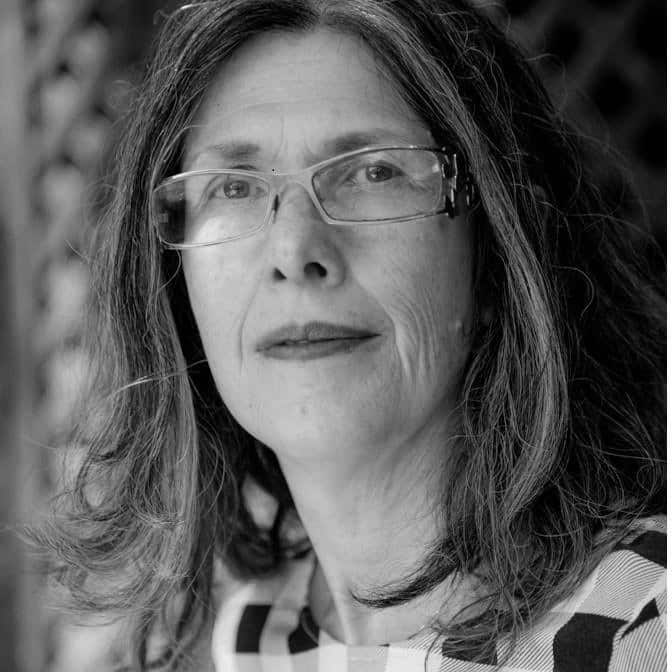 photo by Gilli Getz
photo by Gilli Getz Chevre, I’m back from a life-changing trip to the Holy Land, with a lot to tell you. Here, before we step into Shavuot, is installment the first.
At a time when the Israel/Palestine situation appears to be stuck in a permanent deathdance, a group of diaspora Jews, Palestinians and Israelis did something new. Instead of trying to untangle the knot of two states/one state or improve on the existing plethora of peace proposals, we created a space on the ground to simply live together.
In the south Hebron hills, a land of militant settlers and impoverished disenfranchised Palestinians, we built Sumud (steadfastness) Freedom Camp, a space for nonviolent coexistence. We put up tents, handed out water, and began to restore the village of Sarura which had been summarily dispossessed by a military firing zone (the illegal settler outpost of Ma’on right next door has not been bothered by the military and is hooked into the water and electrical infrastructure). We smoothed roads and renovated dwellings. We ate together, danced together, and we prayed together. Until the Israeli army came and tore the camp down. And then—the camp was re-established. And torn down again. And again. The army stole confiscated the generators and tents. Last time, they took even the mattresses. But the story of Sumud Camp isn’t finished. Quite literally, the campfire burns still.
We truly were a diverse bunch, politically, ethnically, generationally. The group included JStreeters, If Not Now members, Youth Against Settlements (a Palestinian group of nonviolent activists), the Holy Land Trust which is a Palestinian nonviolence organization, and other local committees. Sami Awad of the Holy Land Trust addressed us, reminding us that we were in a “land of stories,” of mutually exclusive narratives existing in the same space—sometimes within individuals. There are those for whom 1948 represents a miracle and others for whom it remains a naqba–catastrophe. Key to our project is a refusal to wait for those stories to change—or to insist that they do–or to collapse them into one master narrative. The idea is that we can move forward now in what the Center for Jewish Nonviolence (CJNV, the group that organized the group with whom I traveled) calls, “Belief in the shared humanity and full equality of Palestinians and Israelis alike.”
Strange and wonderful that this grass roots movement to create relationships on the ground (hoping that from genuine engagement, political solutions might emerge) should come out of the south Hebron hills. It’s hard to imagine a less Edenic setting. This dusty semi-desert, home to snakes and scorpions, bakes you by day and shivers you at night. There is not an inch of soil unlittered with jagged rock. This place has as almost many ways to kill you as does Florida and cares about you even less. (It is also, of course, very beautiful in its way, with a changeable roiling sky and soil rocks that gleam carnelian and umber in the setting sun. With the right boots, nice hiking country—but a homestead?)
And remember—the south Hebron hills are in Area C which is entirely under Israeli military control. Sarura is one of many villages that has simply been declared non-existent by decree. Palestinian villages are almost never allowed to file master plans, and without a master plan, any building and any improvement—from a playground to solar paneling to paving—is subject to demolition at any time. And settlers? Well, as we’ve observed, they have access to all the water it takes to create a strange semblance of suburban woods. They have paved roads and cell phone towers and internet and greenhouses in which to raise crops. While Palestinian herders raise truly free-range animals, settlements set up huge sheds for chicken farms (which can’t be nice for the chickens) and allow their run off to pollute neighboring—pre-existing! —villages without penalty.
Why do Palestinians insist on staying here? Not from any organicist romance of blood and soil. One of our guides, a member of Ta’ayush, a grass-roots group of Israelis and Palestinians, made it clear: to leave this land would be, literally, to leave everything they have. They have learned to wrest a living from herding and agriculture on this stingy soil. They could show even the micro-irrigators of the Negev a thing or two. Where else could they go and qualify as skilled? Also, well, there’s such a thing as home. People get tired of being dispossessed and driven. As our own people might remember.
And they were such gracious hosts to us soft, weird outsiders, feeding us and sharing our Shabbat. (More on that later—extraordinary stories there.) Until the army came and shoved some folks around and broke up the party. Most of us had to leave soon after. But some people stayed and some others arrived, and, tented or not, Sumud Freedom Camp is still a thing.
So, the next time someone says, “Well, where are all the nonviolent Palestinian leaders?” you know about some of them. The questions now are, “Why is the Israeli government suppressing these people instead of working with them? Don’t they truly want partners in peace after all?”























 More news and opinions than at a Shabbat dinner, right in your inbox.
More news and opinions than at a Shabbat dinner, right in your inbox.